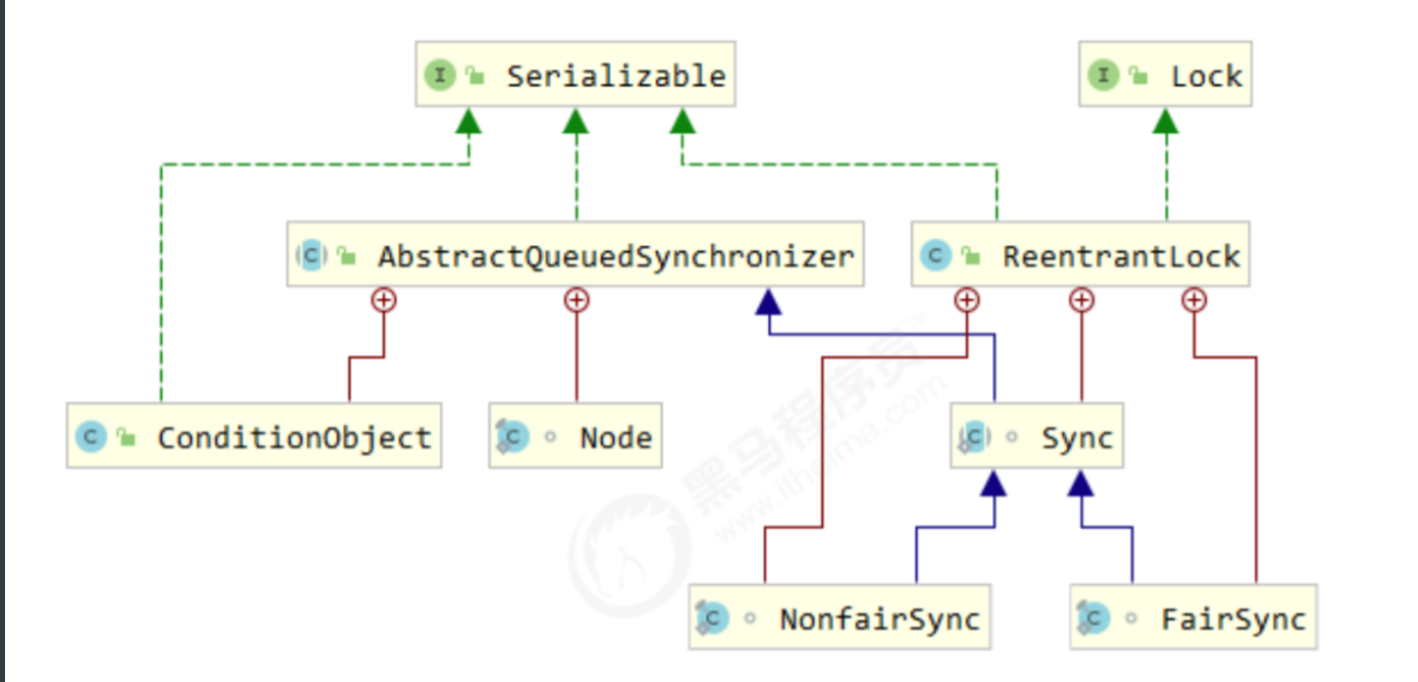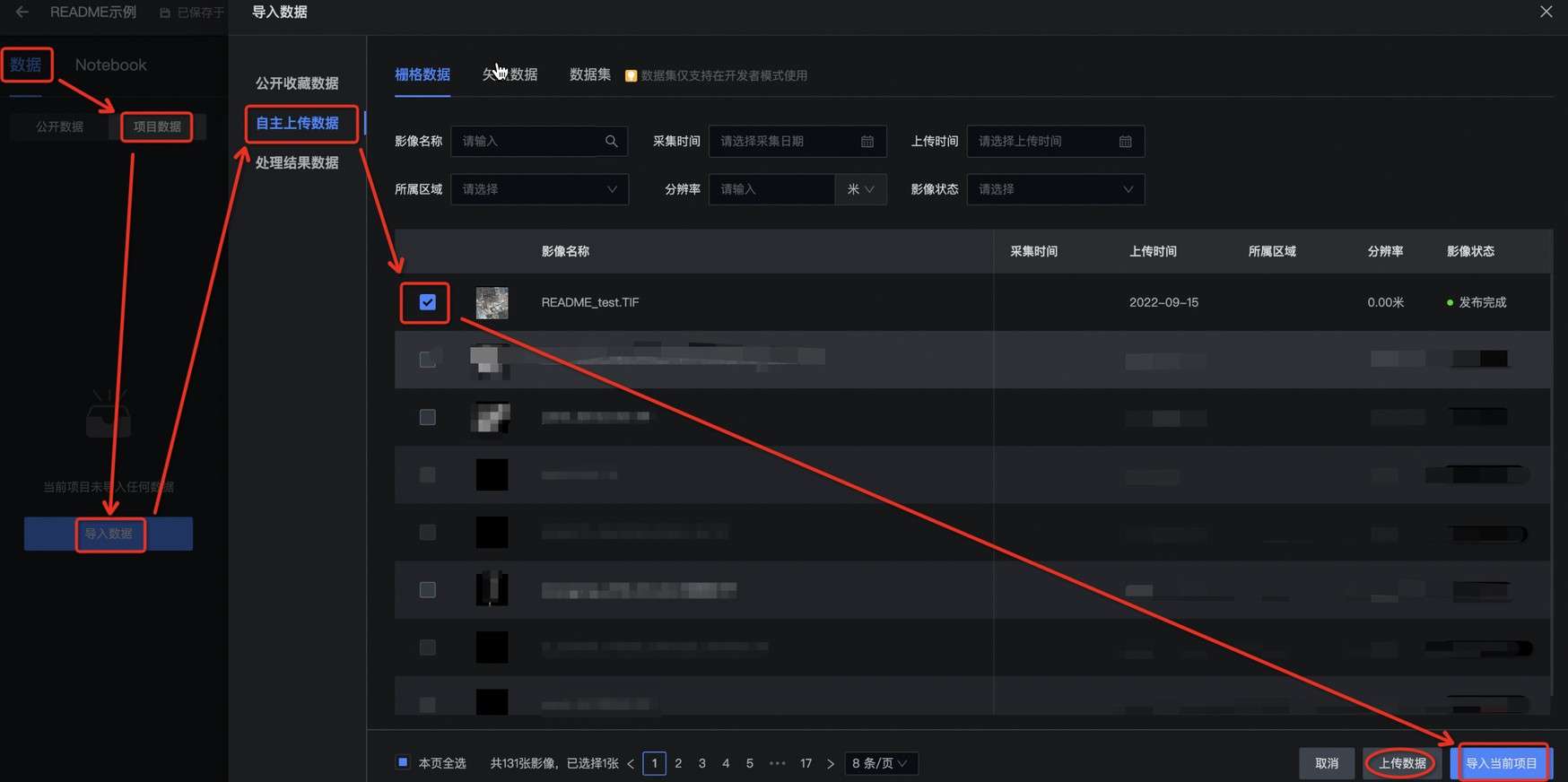简介:
链表是linux内核中最简单,同时也是应用最广泛的数据结构。内核中定义的是双向链表。
linux的链表不是将用户数据保存在链表节点中,而是将链表节点保存在用户数据中。linux的链表节点只有2个指针(pre和next),这样的话,链表的节点将独立于用户数据之外,便于实现链表的共同操作。

一、链表函数介绍
Linux内核链表源码路径: include/linux/list.h
常用函数、宏介绍:
| 宏 | 函数 | 作用 | 备注 | |
| 初始化 | LIST_HEAD_INIT | INTI_LIST_HEAD | 初始化链表头 | 常用 |
| LIST_HEAD | ||||
| 添加 | list_add | 头部添加 | 常用 | |
| list_add_tail | 尾部添加 | |||
| 删除 | list_del | 删除节点,指向特定的位置 | 常用 | |
| list_del_init | 删除节点后,反初始化 | |||
| 遍历 | list_entry | 根据list倒推宿主结构体的首地址 | 常用 | |
| list_for_each | 正向遍历获取list | |||
| list_for_each_entry | 正向遍历,获取list数组结构 | |||
| list_for_each_prev | 反向遍历获取list | |||
| list_for_each_entry_reverse | 反向遍历,获取list数组结构 | |||
| 搬移 | list_move | 将链表的某个节点插入到新的链表上 | ||
| list_move_tail | ||||
| 合并 | list_splice | 将2条链表合并 | ||
| list_splice_init | 合并后原有的list反初始化 | |||
| list_splice_tail | ||||
| list_splice_tail_init | ||||
| 替换 | list_replace | 将新节点和链表上某位置的节点替换 | ||
| list_replace_init | 将新节点和链表上某位置的节点替换,替换后将旧节点反初始化 |
定义链表结构体:
struct list_head {struct list_head *next, *prev;
};1、初始化
1.1 创建链表头 并用 INIT_LIST_HEAD 初始化
struct list_head listHead;static inline void INIT_LIST_HEAD(struct list_head *list)
{list->next = list;list->prev = list;
}1.2 也可以直接用 LIST_HEAD 创建并初始化链表头
/* 初始化 */
#define LIST_HEAD_INIT(name) { &(name), &(name) }#define LIST_HEAD(name) \struct list_head name = LIST_HEAD_INIT(name)2、添加
- list_add
list_add(struct list_head *new, struct list_head *head)
功能:将new添加到链表头head的下一个位置
参数:
new:添加的链表节点
head:链表头
- list_add_tail
list_add_tail(struct list_head *new, struct list_head *head)
功能:将new添加到链表头head的尾部
参数:
new:添加的链表节点
head:链表头
函数原型:
/* 添加 */
static inline void __list_add(struct list_head *new,struct list_head *prev,struct list_head *next)
{next->prev = new;new->next = next;new->prev = prev;prev->next = new;
}static inline void list_add(struct list_head *new, struct list_head *head)
{__list_add(new, head, head->next);
}static inline void list_add_tail(struct list_head *new, struct list_head *head)
{__list_add(new, head->prev, head);
}
3、删除
- list_del
list_del(struct list_head *entry)
功能:删除某节点
参数:
entry:entry所在的链表头中将entry节点删除
- list_del_init
函数原型:
/* 删除 */
static inline void __list_del(struct list_head *prev, struct list_head *next)
{next->prev = prev;prev->next = next;
}static inline void __list_del_entry(struct list_head *entry)
{__list_del(entry->prev, entry->next);
}static inline void list_del(struct list_head *entry)
{__list_del(entry->prev, entry->next);entry->next = NULL;entry->prev = NULL;
}static inline void list_del_init(struct list_head *entry)
{__list_del_entry(entry);INIT_LIST_HEAD(entry);
}4、遍历
4.1 container_of 解析
list.h文件中,最复杂的就是获取用户数据的宏定义list_entry,其功能是根据结构体中已知的list链表成员变量的地址,来倒推宿主结构体的首地址。
#define list_entry(ptr, type, member) \container_of(ptr, type, member)调用container_of这个宏
#define container_of(ptr, type, member) ({ \const typeof(((type *)0)->member)*__mptr = (ptr); \(type *)((char *)__mptr - offsetof(type, member)); })分析一下container_of宏
// 步骤1:将数字0强制转型为type*,然后取得其中的member元素
((type *)0)->member // 相当于((struct student *)0)->list// 步骤2:定义一个临时变量__mptr,并将其也指向ptr所指向的链表节点
const typeof(((type *)0)->member)*__mptr = (ptr);// 步骤3:计算member字段距离type中第一个字段的距离,也就是type地址和member地址之间的差
// offset(type, member)也是一个宏,定义如下:
#define offsetof(TYPE, MEMBER) ((size_t) &((TYPE *)0)->MEMBER)// 步骤4:将__mptr的地址 - type地址和member地址之间的差
// 其实也就是获取type的地址4.2 遍历宏原型
/* 遍历 */
#define list_entry(ptr, type, member) \container_of(ptr, type, member) //根据结构体中的已知的成员变量的地址,来寻求该结构体的首地址#define list_for_each(pos, head) \for (pos = (head)->next; pos != (head); pos = pos->next)#define list_for_each_safe(pos, n, head) \for (pos = (head)->next, n = pos->next; pos != (head); \pos = n, n = pos->next)#define list_for_each_entry(pos, head, member) \for (pos = list_first_entry(head, typeof(*pos), member); \&pos->member != (head); \pos = list_next_entry(pos, member))#define list_for_each_prev(pos, head) \for (pos = (head)->prev; pos != (head); pos = pos->prev)#define list_for_each_entry_reverse(pos, head, member) \for (pos = list_last_entry(head, typeof(*pos), member); \&pos->member != (head); \pos = list_prev_entry(pos, member))list_for_each 和 list_for_each_safe 差异:
list_for_each_safe 可防止删除链表条目。如:list_for_each执行的for循环中,如果删除条目会导致段错误"Segmentation fault (core dumped)"报错。而 list_for_each_safe就可以解决此问题。
5、判断链表为空
- list_empty
static inline int list_empty(const struct list_head *head)
{return head->next == head;
}二、使用方法
链表数据结构在内核态和用户态都能使用,使用方法如下:
1、定义 struct list_head 链表头 head
2、初始化 LIST_HEAD(head)
3、添加entry到链表 list_add_tail(&entry, &head)
4、遍历链表头
struct list_head *cursor, *next;list_for_each_safe(cursor, next, &tx_req_list) {stpHead_Addr = list_entry(cursor, struct ipcl_req, list); //根据我们结构体中的已知的成员变量的地址,来寻求该结构体的首地址... //我们自己定义功能list_del_init(cursor); //链表删除cursor,并初始化 cursor}示例:
代码下载路径:https://download.csdn.net/download/hinewcc/89522091
#include <stdio.h>
#include <stdlib.h>
#include <string.h>
#include "list.h"struct list_head listHead; //定义链表头//LIST_HEAD(listHead); /* 含链表的结构体 */
struct list_member {char name[32];struct list_head entry;
};#define MEMBER_NUM 5int main(int argc, char **argv)
{int i;if (argc != 2) {printf("usage: ./app name");return -1;}printf("search name: %s\n", argv[1]);/* 1.初始化listHead链表 */INIT_LIST_HEAD(&listHead); struct list_member stMember[MEMBER_NUM] = {0};struct list_head *cursor, *next;/* 2.listHead链表添加 */for (i = 0; i < MEMBER_NUM; i++) {printf("addr[%d]: %p\n", i, &stMember[i]);sprintf(stMember[i].name, "name%d", i);list_add_tail(&stMember[i].entry, &listHead); //listHead链表添加成员}/* 3.listHead链表轮询并比较 */list_for_each_safe(cursor, next, &listHead) { //轮询listHead链表头/* 功能:根据结构体中的已知的 entry 成员变量的地址,来寻求该结构体的首地址参数1: entry成员指针参数2: 结构体类型参数3: 结构体中entry的成员名*/struct list_member *member = list_entry(cursor, struct list_member, entry);if (strcmp(member->name, argv[1]) == 0) { //比较printf("search OK: addr: %p\n", member);break;}}/* 4.测试 list_del 删除, list_empty 检测链表空 */list_for_each_safe(cursor, next, &listHead) {struct list_member *member = list_entry(cursor, struct list_member, entry);printf("del %s\n", member->name);list_del(cursor);if (list_empty(&listHead)) {printf("list empty!!!\n");}}return -1;
}编译:$ gcc -o test_app -I ./ main.c
运行:
$ ./test_app name1




















